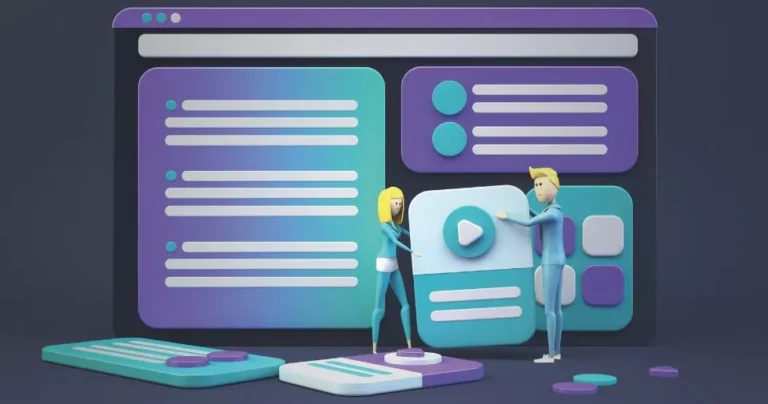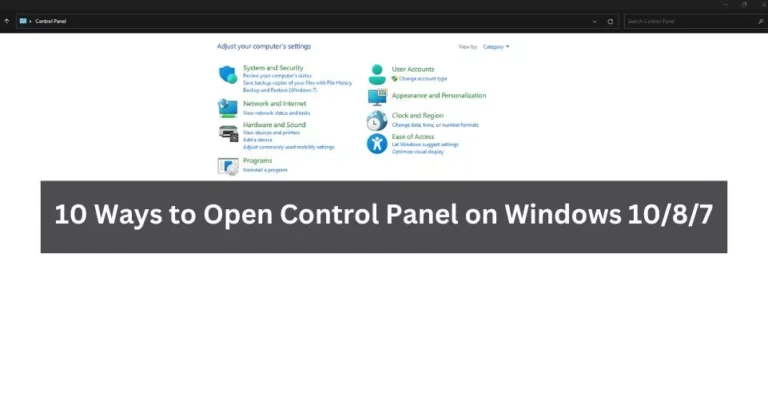The US allows automatic work authorization permits to spouses of H-1B visa holders. Here’s what it means for Indian women
Navigating the landscape of immigration and work authorization, particularly for spouses of H-1B visa holders, has been a challenging process for years. Indeed, the hardship and uncertainty associated with this process have caused many to question their future career and personal prospects. However, a breath of fresh air has finally arrived. The US government has now taken a significant step, allowing automatic work authorization permits for spouses of H-1B visa holders.
We understand that deciphering the implications of such a change may feel overwhelming, but you’re not alone in this journey. Through this blog post, we aim to resolve your concerns by providing a comprehensive understanding of what this new regulation means, specifically for Indian women.
Consider this your guide, designed to simplify complex information and offer you a clear pathway toward the future you’ve dreamed of. The anxiety you may have felt about your career prospects is about to be replaced with clarity and hope. With that said, let’s dive into the details of this transformative change for spouses of H-1B visa holders.
Understanding the H-1B Visa
Before delving into the new changes, let’s take a moment to comprehend what an H-1B visa truly is. At its core, it’s a non-immigrant visa granted by the US government. This permits foreign workers in “specialty occupations” to live and work in the States. Think of it as a bridge, connecting talented individuals to opportunities on the global stage.
But life as an H-1B visa holder isn’t without its challenges. One of the more prominent ones relates to the spouses of these talented individuals. While the visa holder may work, their spouse, on an H-4 visa, faced restrictions. These constraints could limit their ability to work, potentially hindering their career aspirations.
The Shift in US Policy: A Ray of Hope for Spouses of H-1B Visa Holders
Enter the recent US policy change. This development has sparked a beacon of hope for many. Simply put, the US government now allows automatic work authorization permits for spouses of H-1B visa holders. Imagine a lock finally being opened after years, presenting a whole world of opportunities for those who were waiting on the other side.
The implications of this shift are particularly profound for Indian women. Why? Because a large portion of H-1B visa holders are from India, with a significant number of these being men. This change is akin to opening a new door for these women, allowing them to step into the professional world in the US and carve out their career paths.
Yet, how different is this new rule compared to the old one? Earlier, the spouses had to apply separately for work permits, a process laden with uncertainties and time constraints. Now, the new rule has streamlined the process, making the work authorization automatic. It’s akin to removing the waiting period in a queue, making the experience considerably smoother and faster.
To understand the potential impacts of this new regulation, let’s consider a hypothetical scenario. Meet Neha, a software engineer by training, but currently not working due to the limitations of her H-4 visa. With this new regulation, Neha now has the authorization to work, opening up the possibility for her to contribute her skills to the US tech industry. This change not only benefits Neha personally but also adds to the diverse workforce that powers the US economy. The result is a win-win situation, with positive impacts that reverberate across individuals, families, and industries.
As we delve further into this topic, we hope that this newfound understanding of the H-1B visa and the recent policy change brings clarity to your concerns and paves the way for excitement about the potential opportunities that lie ahead.
Decoding the Work Authorization Process for Spouses of H-1B Visa Holders
Knowing the policy is the first step. However, effectively utilizing it is another ball game. That’s why we have decoded the application process for you. It begins with ensuring your H-4 visa status, followed by updating the US Citizenship and Immigration Services (USCIS) about any change in your status. Now, with the new regulation, the work authorization is automatic. It’s like going from assembling a complex puzzle to having the pieces fall into place naturally.
Navigating the process may seem daunting, but rest assured, it’s manageable. Here’s a pro tip: keep track of all your documents. Meticulous organizations can prevent unforeseen hiccups. Additionally, staying updated with USCIS guidelines can help smooth out potential bumps. It’s akin to preparing for a journey — the better you plan, the fewer surprises you encounter along the way.
Every process comes with its set of challenges. In this case, dealing with bureaucratic red tape might test your patience. But remember this path, while it may seem winding, leads to a destination filled with opportunities. With persistence and careful planning, you’re well-equipped to navigate these challenges successfully.
The Impact on Indian Women
Let’s crunch some numbers to grasp the magnitude of this change. According to the United States Citizenship and Immigration Services, as of early 2020, approximately 95% of H-4 visa holders who have work authorization are women, and a significant majority of them are Indian. These figures paint a picture of the potential scope of this transformative policy.
Picture the story of Pooja, a master’s degree holder in Computer Science, waiting on the sidelines due to her H-4 visa constraints. With this regulation, Pooja can now be part of the thriving US tech industry. Pooja’s story resonates with numerous Indian women who are now poised to contribute to their respective fields.
This regulation isn’t merely about workforce participation; it’s about empowerment. It offers Indian women the chance to assert their independence, contributes to their family income, and essentially lead more fulfilling lives. The new policy is like an open sky, filled with possibilities for the soaring ambitions of Indian women.
You may also like reading: Bill Announced to Grant of an Automatic Work Permit to Spouses of H1b Visa Holders
Looking Ahead: The Future of H-1B Visa Holders and their Spouses

As we gaze into the crystal ball of future policy changes, one thing becomes clear. This shift signifies a trend towards more inclusive policies for H-1B visa holders and their spouses. However, it’s crucial to stay prepared for any potential adjustments.
The impact on the lives and careers of Indian women could be substantial. Imagine a more diverse workforce, enriched by the skills and perspectives of these talented individuals. The potential benefits, both to the individuals and the US economy, are monumental.
In preparation for future shifts, staying informed is key. Consider subscribing to newsletters or joining forums that focus on immigration policies. That way, you’ll always be a step ahead, ready to navigate any changes that come your way. After all, staying prepared is akin to carrying an umbrella—you might not need it immediately, but when the rain comes, you’ll be glad you have it.
This new journey for spouses of H-1B visa holders, especially Indian women, has just begun. Armed with this understanding and guidance, you’re now ready to explore these newfound opportunities with confidence.
Conclusion
In conclusion, this change in US policy, allowing automatic work authorization for spouses of H-1B visa holders, heralds a new dawn of opportunity. We began by understanding the essence of the H-1B visa, its purpose, and the challenges associated with it. We delved into the significant policy shift and its implications, particularly for Indian women, who form a considerable proportion of those affected.
We’ve navigated the labyrinth of the work authorization process, providing you with an easy-to-follow guide. We shared the profound impact this change could have on the lives of Indian women. Beyond the professional sphere, it promises a step forward in their journey toward empowerment and self-sufficiency.
Finally, we looked towards the future, making educated predictions about upcoming changes and how they might shape the experiences of H-1B visa holders and their spouses. As we move ahead, remember that changes like these, though significant, are steps in a much larger journey. So, let’s welcome these changes with open arms, ready to make the most of the opportunities that come our way.
FAQs
1. What is an H-1B Visa?
An H-1B visa is a non-immigrant visa that allows US companies to employ foreign workers in specialty occupations.
2. What has changed in the US policy regarding H-1B visa holders?
The US government now allows automatic work authorization permits for spouses of H-1B visa holders, who were previously not allowed to work under H-4 visas.
3. How does the new regulation impact Indian women?
A significant proportion of H-1B visa holders are from India, and many of their spouses are women. This regulation enables these women to work in the US, opening up opportunities for their professional growth and empowerment.
4. How can one navigate the work authorization process?
The process is much simpler now due to the automatic work authorization. Nonetheless, keeping all your documents organized and staying updated with USCIS guidelines is advised to smoothly navigate the process.
5. What are the possible future policy changes and how can one prepare?
While specific future policy changes are unpredictable, staying informed about immigration policies and being prepared for adjustments is key. Consider subscribing to newsletters or joining forums that focus on immigration policies to stay ahead of the curve.






